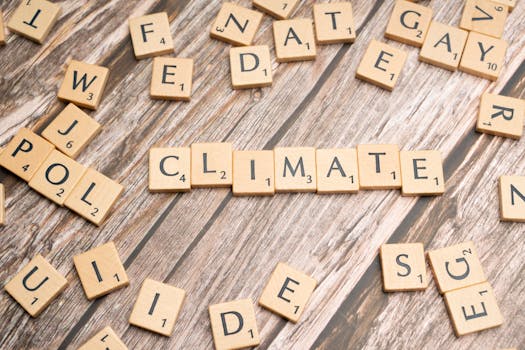
The Role of Satellites in Global Weather Forecasting Systems
The role of satellites in global weather forecasting systems is a critical one, as they provide vital data and imagery to predict weather patterns and storms. Satellites have been used for weather forecasting for decades, and their importance has only grown as technology has improved. In this article, we will explore the role of satellites in global weather forecasting systems, including their history, current uses, and future developments.
History of Satellites in Weather Forecasting
The first weather satellite was launched in 1960, and it was called TIROS-1. TIROS-1 was a polar-orbiting satellite that used television cameras to capture images of the Earth’s cloud cover and weather patterns. The images were transmitted back to Earth and used to predict the weather. Since then, many other weather satellites have been launched, including geostationary satellites that remain stationary over a fixed point on the Earth’s surface.
One of the most significant developments in the use of satellites for weather forecasting was the launch of the Geostationary Operational Environmental Satellite (GOES) system in the 1970s. The GOES system consists of a series of geostationary satellites that provide continuous imagery of the Earth’s weather patterns. The GOES system has been upgraded several times over the years, with the latest version, GOES-16, launched in 2016.
Current Uses of Satellites in Weather Forecasting
Satellites are currently used for a variety of purposes in weather forecasting, including imaging, sensing, and communications. Imaging satellites such as GOES-16 use visible and infrared sensors to capture images of the Earth’s cloud cover, precipitation, and other weather phenomena. These images are used to predict the weather, including the formation of storms, hurricanes, and blizzards.
Sensing satellites use a variety of sensors to collect data on the Earth’s atmosphere, including temperature, humidity, and wind speed. This data is used to create detailed models of the atmosphere, which are then used to predict the weather. Some sensing satellites also use radar and lidar to collect data on precipitation and other weather phenomena.
Communications satellites are used to transmit data and imagery from weather satellites to weather forecasting centers around the world. This data is then used to create forecasts and warnings for the public. Communications satellites are also used to transmit data from weather stations and other sources to weather forecasting centers.
Future Developments in Satellite Weather Forecasting
There are several future developments in satellite weather forecasting that are currently being researched and implemented. One of the most significant developments is the use of small satellites, also known as CubeSats. CubeSats are small, low-cost satellites that can be used for a variety of purposes, including weather forecasting.
Another significant development is the use of phased arrays, which are advanced antenna systems that can be used to transmit and receive data. Phased arrays will be used on future weather satellites to improve the resolution and accuracy of weather forecasts.
The use of artificial intelligence and machine learning is also being explored for weather forecasting. AI and machine learning can be used to analyze large amounts of data from weather satellites and other sources, and to create more accurate forecasts. AI and machine learning can also be used to improve the resolution and accuracy of weather forecasts.
Conclusion
In conclusion, satellites play a critical role in global weather forecasting systems, providing vital data and imagery to predict weather patterns and storms. The history of satellites in weather forecasting is a long one, with the first weather satellite launched in 1960. Current uses of satellites in weather forecasting include imaging, sensing, and communications. Future developments in satellite weather forecasting include the use of small satellites, phased arrays, and artificial intelligence and machine learning.

